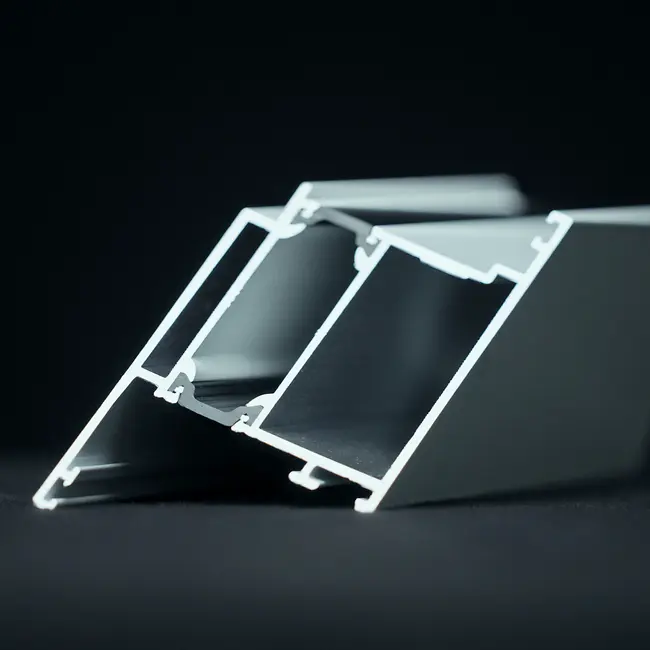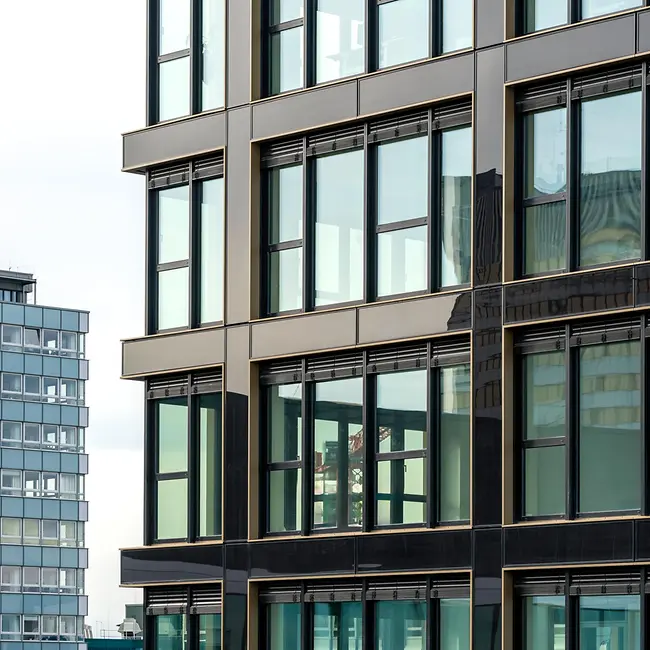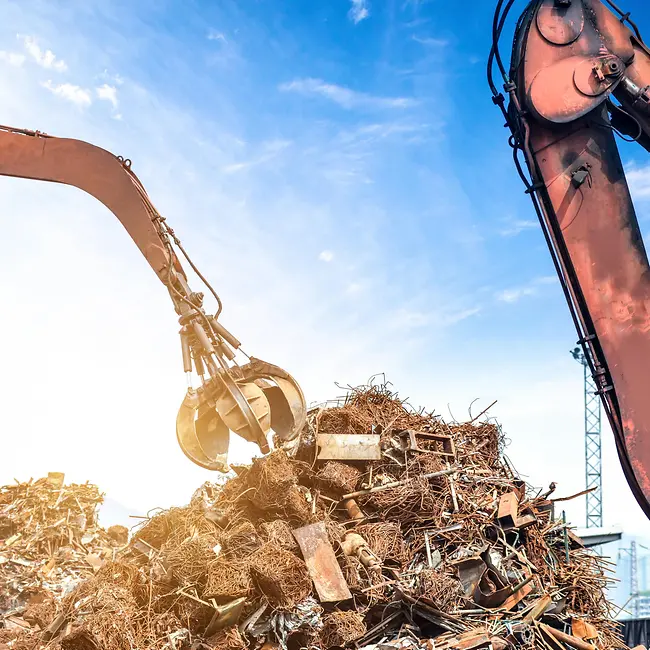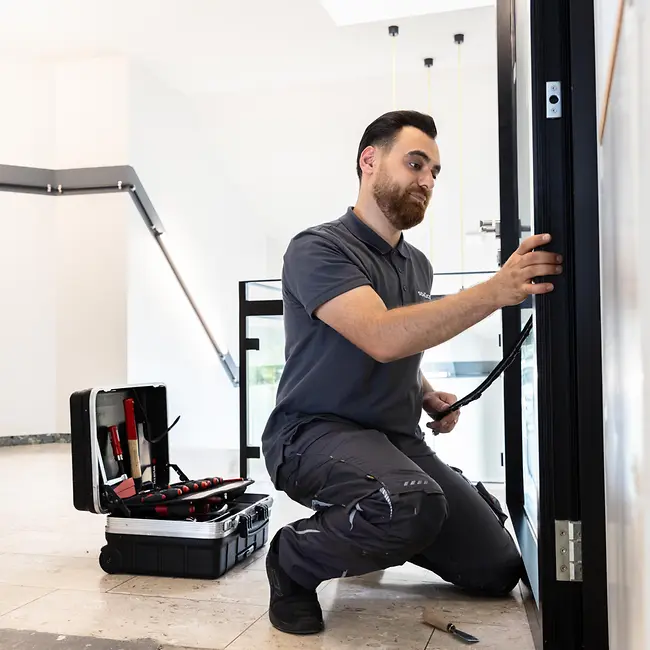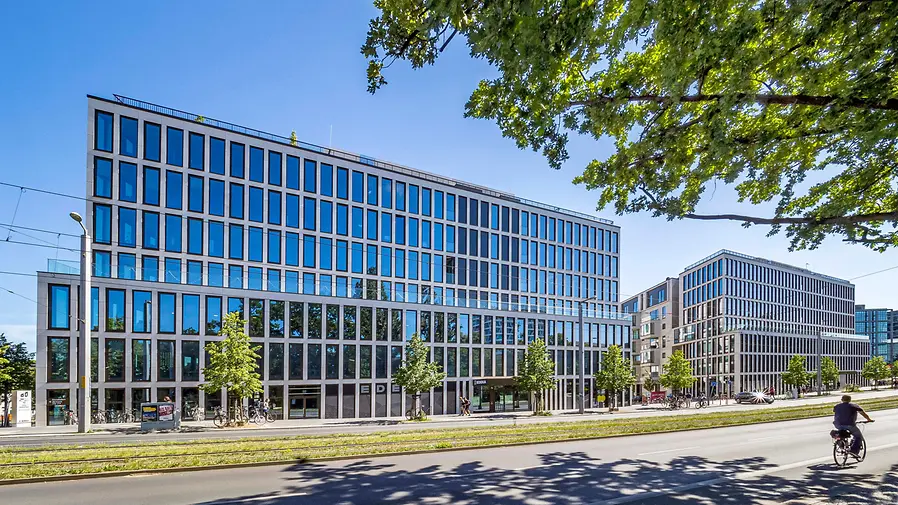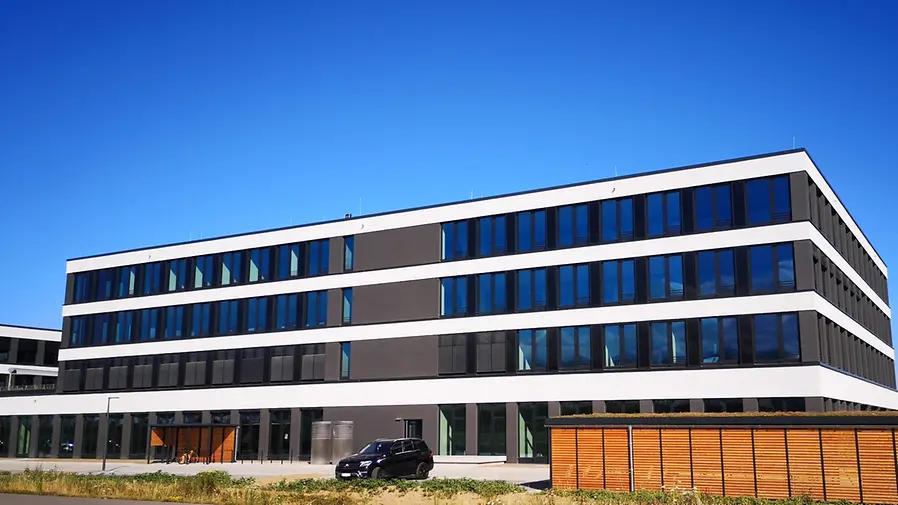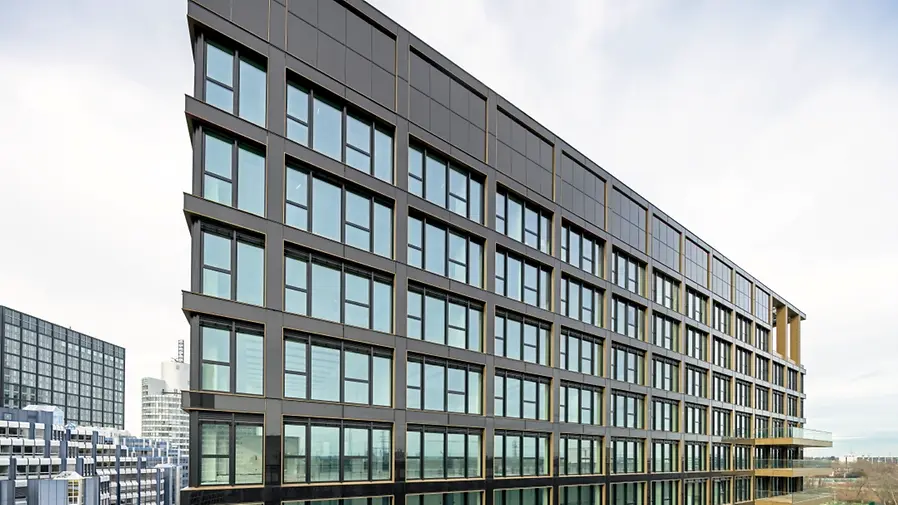Optimise building operation and carbon footprint
Low energy consumption and reduced carbon emissions are generally good for the environment. Furthermore, an improved carbon footprint has a positive impact on the cost effectiveness of a building – which in turn benefits all operators. Schüco Carbon Control enables highly efficient, low-carbon operation and easy maintenance of buildings, for increased profitability, future-proofing in line with climate policy and ongoing value retention.
